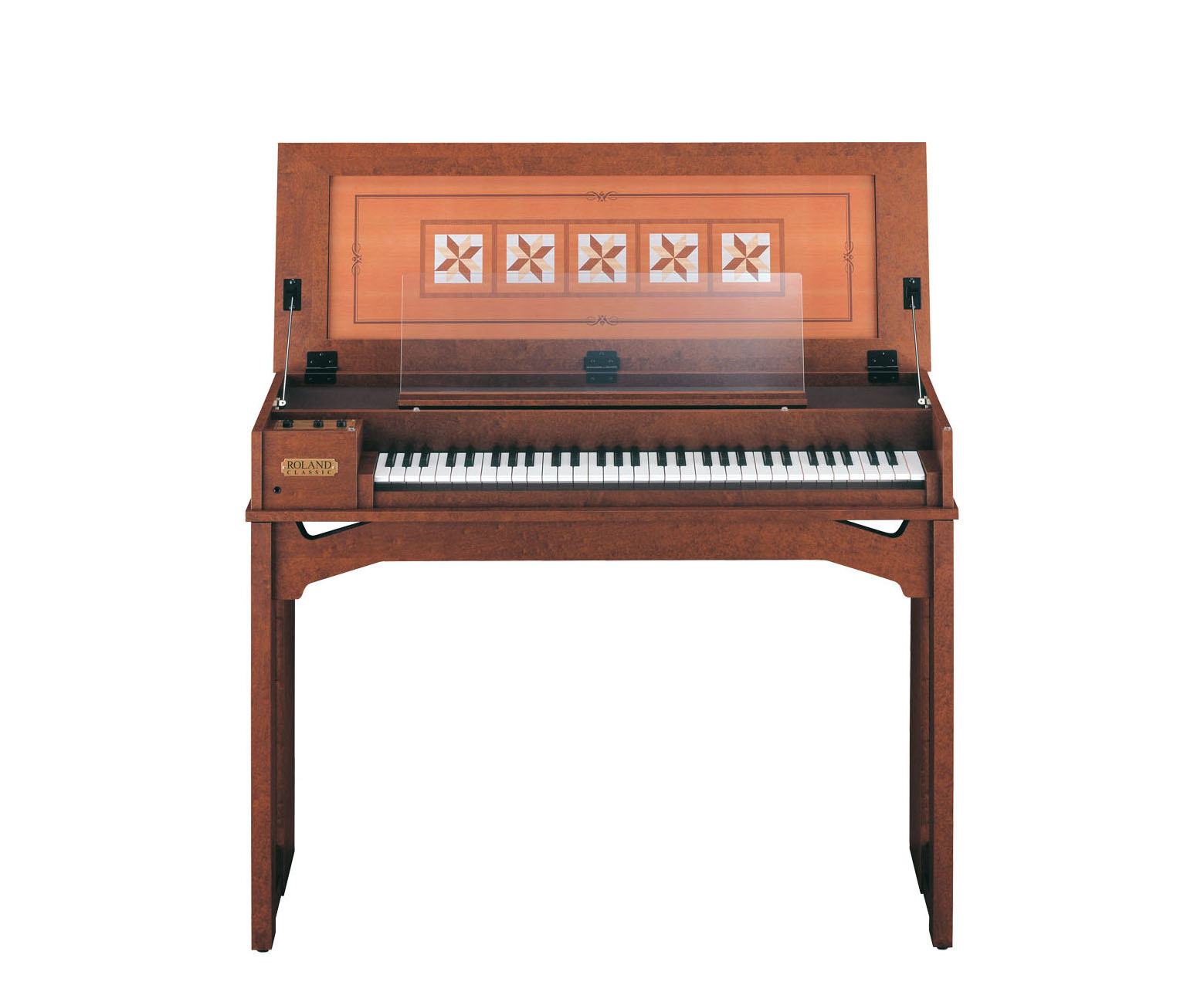
Harpsicod, BREAD CHAPEL
서양 8음계의 기원
우리의 조상들은 5음계를 사용하여 궁 상 각 치 우로 표기하였다. 오늘날 세계인이 사용하는 서양 8음계는 기독교의 유산이다. 10세기 말, 이탈리아의 기독교 성직자이며 음악가인 귀도 다레쵸(Guido d’Arezzo)가 “세례 요한의 탄생 축일의 저녁기도”라는 곡의 가사에서 첫 머리를 따와 만들었다. ‘도 레 미 파 솔 라’를 만들었고, 그 뒤로 ‘시’와 ‘도’가 추가되었다고 한다. 각각의 머리글자들의 의미는 아래와 같다.
Do : Dominus. 하나님
Re : Resonance. 하나님의 음성, 울림
Mi : Miracle. 하나님의 기적
Fa : Famille. 하나님의 가족. 제자
Sol : Solution. 하나님의 구원, 하나님의 사랑
La : Labii. 하나님의 입술
Si : Sanctus. 하나님의 거룩
Do : Dominus. 하나님, 주
기초 화음이 만들어지는 도미솔을 합하면 하나님의 기적같은 사랑-구원이라는 의미이다.
Do, Re, Mi, Fa, So, La, Ti, Do was the work of Italian musician and singing teacher Guido d'Arezzo, developed toward the end of the 10th century, and forms the basis of the modern system of musical notation. In about 1040, this inspired genius devised the Guido scale, or Artinian syllables, that still sing his praises. The names he gave to the musical notes of the scale are still used today in modified form (do, re, mi, fa sol, la).
The Benedictine monk based them on six lines of a Latin hymn to St. John the Baptist, which happened to form the scale. Over the years, the final syllable ti was added to the scale and two centuries ago the syllable do joined it in English. Solfeggio is the English word, taken from the Italian, to describe the musical exercise sung with Guido's scale.
▶ 아래의 SNS 아이콘을 누르시면 많은 사람들이 읽을 수 있습니다.


 지독한 사랑, 팬데믹 시대에 생각해 본다
지독한 사랑, 팬데믹 시대에 생각해 본다














